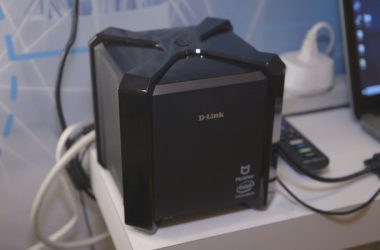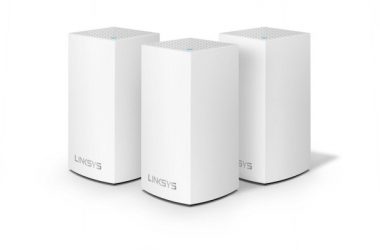
Demand for high-speed links to cell sites and homes will rejuvenate sales of optical network equipment this year and help to create a $16.6 billion worldwide market for it by 2014, according to research firm Dell’Oro Group.
Sales revenue for optical gear fell about 10% in 2009, only partly because of the economic downturn, according to Dell’Oro analyst Jimmy Yu. Service providers also had reached the end of an upgrade cycle. Now another construction cycle is beginning to take shape, as carriers upgrade their metropolitan fiber networks to keep up with mobile and home Internet traffic, Yu said.
Dell’Oro expects overall optical-equipment revenue to rise 2% this year, to nearly $12.3 billion, from about $12 billion in 2009. Spending for long-haul fiber equipment, which goes into the national backbones of carriers, will lag behind the overall market. It will decline about 2% this year as carriers focus their investments on metropolitan areas. But this is still a big rebound, because long-haul revenue fell nearly 20% in 2009.
Optical networks carry huge amounts of data on specific wavelengths of light, many of which can travel over one strand of fiber. Carriers build out their optical capacity when they forecast the demand for it, but they do so in long projects that take advantage of the next generation of equipment. The emerging set of optical network equipment will use 40G bps (bit-per-second) and 100G bps technology, which can send those amounts of data over a single wavelength, Yu said. Investment in 40G bps technology soared 80% last year.
The exploding growth in mobile data use is a major factor driving the need for more bandwidth on fiber networks, because mobile operators need to set up fatter pipes to each cellular base station and build capacity all along the network to handle the traffic generated by millions of mobile devices. For example, AT&T, one of the mobile operators most under pressure to improve its network, said earlier this year that it added 1,900 new cell sites in 2009 and has activated HSPA 7.2 (High-Speed Packet Access with 7.2M bps downstream), a faster 3G technology.
Looking forward, new and faster standards for Ethernet are also likely to make carriers add to their networks, Yu said. Sometime this year, the IEEE is expected to approve standards for 40-Gigabit and 100-Gigabit Ethernet, which will be different from the 40G bps and 100G bps optical technologies. The fastest standard Ethernet ports now run at 10G bps. Service providers are likely to use the new Ethernet standards to offer business customers high-speed services, which would create a need for the faster speeds within the carriers’ optical backbones as well.
Huawei Technologies, which was already the world’s largest seller of optical equipment by revenue, continues to gain market share. In the third quarter of 2009, the Chinese company held nearly 23% of the market, up from just 15% in the third quarter of 2008, Yu said. Its gains were partly driven by rapid network-building in its home market, he said. Alcatel-Lucent was close behind Huawei in 2009’s third quarter, with about 20%, although its share has been shaved down recently, according to Yu.
Optical networks carry huge amounts of data on specific wavelengths of light, many of which can travel over one strand of fiber





